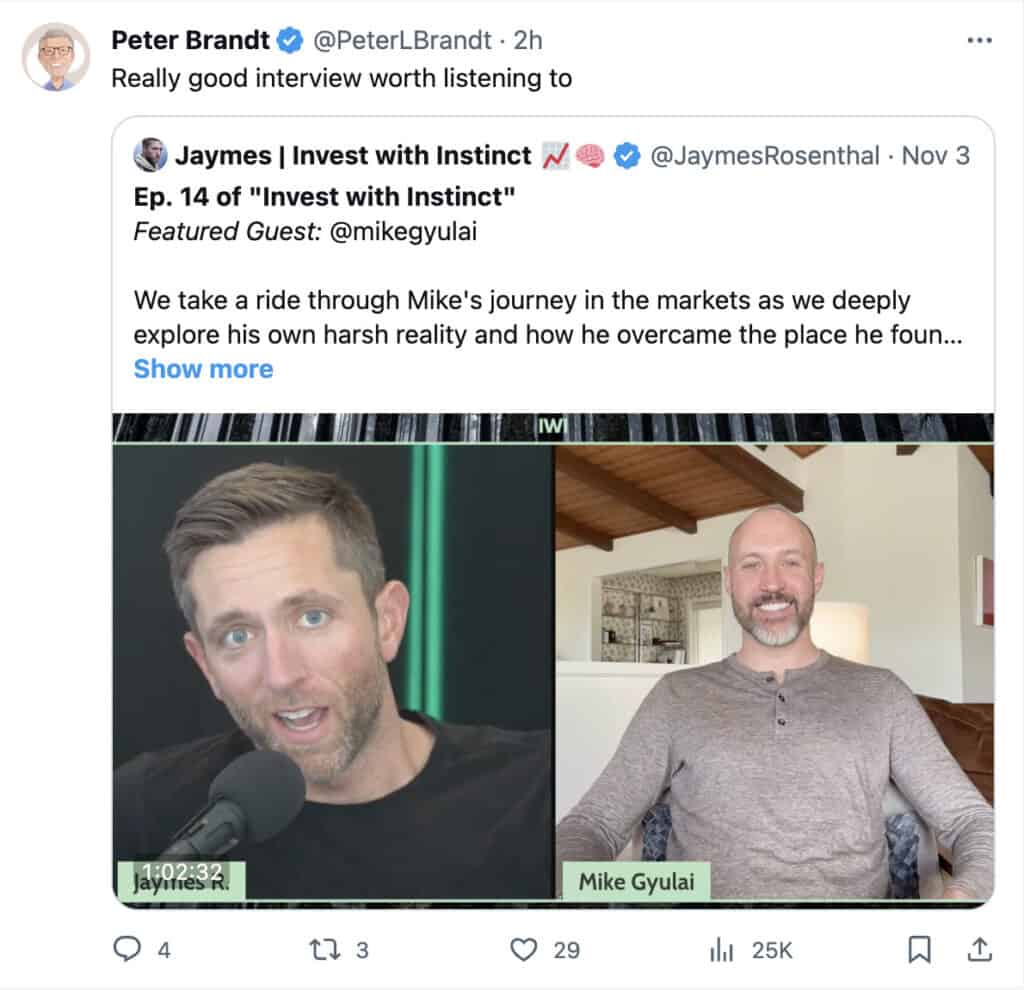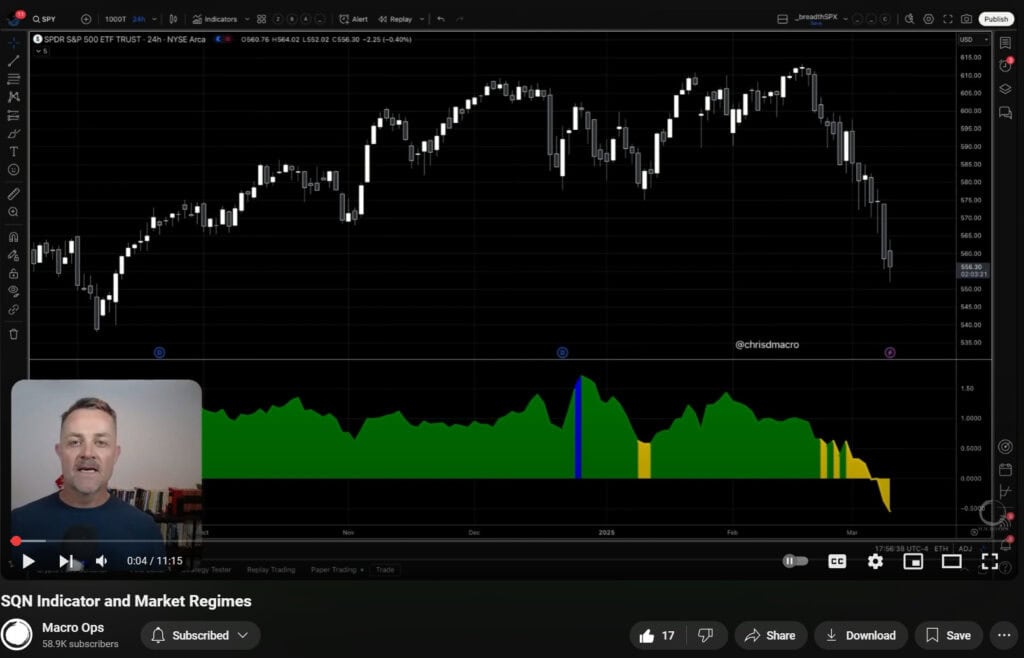Businesses that maniacally focus on serving their customers win every time. Don’t believe me? Check out this 1999 clip of Jeff Bezos during a CNBC interview. Count how many times he mentions the phrase “customer service”. Spoiler, you’ll need more hands. What Bezos understood better than anyone was the power of the Delta Model.
Customer service is one of the most important aspects of a business. Yet few seem to care. Most are focused on the latest technology or their competitor’s next move. What businesses forget is that the customer matters most. And if that’s true, you should spend more of your time finding ways to make your customers’ lives better.
Great customer service is, in fact, an act of love.
Obsessing about the customer isn’t taught in business school. MBA’s praise the works of Michael Porter and his Five Forces. Forces centered around competition and warfare analogies. These analogies sell books and seminars, but they won’t work in today’s business. What we need is a framework centered around the one thing that matters: serving the customer.
You don’t win your significant other over by worrying about what all the other would-be partners would do. You focused on the person. You got to know them on a deeper, personal level. You spent time with them and asked personal questions. There was intimacy.
The same principles apply in today’s business strategies. As Vivian Green would say, “we need to get back to love.”
Enter Dean Wilde and Arnoldo Hax. The two developed the Delta Model, a customer-centric business model framework. Hax and Wilde had a simple mission: get companies to stop focusing on competitors and more on their own customers.
Let’s learn how they did it.
The Delta Model: Basic Parts
Think of the Delta Model as a triangle of strategic frameworks. Each corner houses a unique business strategy:
-
- System lock-in
- Best Product
- Customer Solutions
Each point on the triangle offers a way for companies to gain an edge in their market. And in return generate more loyal (loving) customers.
The points connect via various strategies and characteristics. These help us understand the economic drivers of each individual model. We’ll also assess a quality score to each point (1 = worst, 5 = best)
Let’s break them down.
System Lock-In (Delta Model Score = 5)
The System Lock-in Framework revolves around complementers economics. The idea that companies sell products and services that add value to other products and services.
Hax and Wilde identified three potential sources of system lock-in:
-
- Restricted Access
- Dominant Exchange
- Proprietary Standard
Restricted Access is like your Bloomberg terminal. If you don’t have your terminal key, you can’t access Bloomberg’s data, software, and services. The embedded advantage is that you have something your customers really need, and they have to pay to get it.
System lock-in also benefits from Dominant Exchange. These are easier to understand. In fact, you may know them from another name: network effect businesses.
Dominant Exchange businesses provide a platform (or marketplace) between buyers and sellers. Companies like eBay and Airbnb rely on Dominant Exchange economics. The most important aspect of these types of businesses is critical mass and first-mover advantage.
That’s why we see companies like Uber and Lyft spend gobs of cash to grow their platforms. It’s near impossible to replace the incumbent in a dominant exchange marketplace.
This is also where companies become verbs. You often hear people say, “Let’s take an Uber” or “We got this beautiful Airbnb in Denver!”
Dominant Exchange businesses are fantastic businesses. If I could only invest in one type of Delta Model company, I’d invest in Dominant Exchanges.
The final source of System Lock-in is Proprietary Standard.
Proprietary Standards companies develop a platform or product used by third-party complementers. In other words, it becomes the go-to software, service, etc.
Microsoft Windows is a perfect example of a Proprietary Standard. Windows comes standard in every PC on the market. Windows works on any PC (even Macbooks). The amount of third-party developers that can run on top of the software makes it a no-brainer for computer hardware manufacturers.
Given Microsoft’s meteoric rise, it’s no surprise this model is extremely profitable. But it’s not available in most industries. And for the ones that have a shot, first-mover advantage is key.
When it comes to System Lock-ins, the best model is the Dominant Exchange. It’s not as industry-specific and is incredibly lucrative if you can reach critical mass. If I couldn’t have Dominant Exchange I’d choose Proprietary Standard. It has elements of DE like network effects and third-party reinforcement. But you’re limited to a certain group of industries (namely technology).
Alright, let’s move on to our second strategy: Best Product
Best Product (Delta Model Score = 2)
Best product is the least attractive strategy for businesses. Why? There are only two ways to play the best product game:
-
- Lowest cost producer
- Product differentiation
The strategy focuses on product economics or the idea that businesses win through rapid innovation and reduction in production costs. In other words, Best Products shifts the focus from the customer to the product. From customer bonding to production competition.
There can only be one lowest-cost company. This leaves little room at the top (or bottom, in this case). Businesses in this environment commoditize their customers, standardize their products, and viciously compete for market share.
One company that dominates the low-cost producer category is Walmart (WMT). WMT prides itself on offering the lowest prices to consumers. At one point their slogan read, “Always low prices.”
How can they maintain their low-cost advantage? Distribution and supply scale. The sheer size and volume of sales per WMT store allow the company to bargain with their suppliers. This means they pay the least for their inventory. That allows them to turn around and sell it at a profit for a cheaper price than their competitors.
Another example of a low-cost producer is Spirit Airlines (SAVE). SAVE offers a no-frills flying experience. You only pay for what you want. The airline prides itself on low-cost operations. This lets them charge low ticket prices while maintaining profitability.
I like this quote from a Market Realist article describing SAVE’s business model (emphasis mine):
“Through techniques such as high craft utilization, a high-seat-density configuration, and efficient flight scheduling, the company is able to get more out of each aircraft. The company is also able to save more with less expenditure on sales and marketing expenses by selling directly to customers and outsourcing non-core functions. Spirit Airlines has one of the lowest operating costs per seat in the industry.”
Finally, we can’t forget about Costco’s low-cost business model. The company operates under razor-thin product margins. This allows COST to offer the lowest price to their customers. Check out this article if you want to dive deeper into the COST model.
Businesses that can’t compete on price must find another way to gain market share. They do this through Product Differentiation.
There are many ways companies can differentiate their products:
-
- Features
- Performance & Quality
- Reliability
- Looks
- Channels of Distribution
- Complexity
- Location
- Marketing Efforts
I know, it’s a long list. We can group product differentiation into three buckets:
1. Horizontal
Horizontal differentiation deals with commoditized products, like water bottles or ice cream. There’s not much distinction between the two products, so you choose based on other things like branding, etc.
A great example of this is Coke vs. Pepsi. At the end of the day, horizontal differentiation is simply personal preference.
2. Vertical
Vertical differentiation involves the quality of goods and services. In vertical competition, price matters. The more something costs, the higher the perceived quality. This is why people buy Duracell over generic batteries. Or some people buy plain black shirts from J Crew instead of H&M.
3. Simple
Simple differentiation is a combination of vertical and horizontal. There’s more personal preference involved, but that personal preference is based on what you consider quality.
Take Apple vs. Android. That’s a simple differentiation problem. People choose Apple because they believe it’s a better product with a simpler UI. Others choose Android because of its functionality, customization and processing abilities.
Best Product strategies are the least attractive forms of competitive advantage. Low-cost providers are great businesses, but it’s hard to achieve the scale necessary to offer such low prices. That leaves product differentiation — which is a loser’s game over time. Competitors copy every innovation and differentiation attempt, leaving a commoditized wasteland of low-margin goods (see, PC hardware).
Total Customer Solutions (Delta Model Score = 5)
Total Customers Solutions (TCS) is the opposite of the Best Product strategy. Instead of commoditized and standardized products, TCS offers customer-specific products and services. The goal: capture the most mind and wallet share.
There’s no better example of this strategy than Amazon. Amazon is the king at creating a Total Customer Solution. The mission revolves around free shipping, endless items for sale, and obsessing over the customer.
Disney is another example of Redefining The Customer Experience. Between theme parks, movies, video games, music, and TV shows, Disney captures every step of the consumer’s entertainment journey.
There are three ways businesses achieve TCR:
-
- Redefining Customer Experience
- Horizontal Breadth
- Customer Integration
Redefining Customer Experience is a loaded term. Let’s break it down. The goal of RCE is to walk with the customer every step of the way in your product’s lifecycle. You want to know how they use your product, how often they use it, and what problems they solve leveraging your product. In short, you want to build a relationship with the customer.
COVID-19 ripped the covers off businesses, revealing the true nature of their customer relationship. Businesses that know their customers on a deep level benefited from COVID. Those that kept their distance (i.e., focused on market share) were left in the dust.
I love this quote from Strategy-Business on Redefining Customer Experience (emphasis mine):
“Brands with the best price, coolest product or most memorable marketing campaign might not have an advantage compared with those that exhibit emotional intelligence and communicate with care, honesty, and empathy, and build trust as a result. In times of crisis, people want to be seen and understood, and they are extremely sensitive to tone and motive. Are you reaching out to help them — or to sell them something? Does your outreach feel authentic and caring — or does it appear self-serving?”
Here’s Hax in his own words discussing RCE (emphasis mine):
“As for companies like Fidelity, what guides them is not exclusively their product economics, but also the customer economics, since Fidelity is trying to help the customer in enhancing his or her financial performance in as comprehensive a way as possible.”
The only way you can redefine your customer experience is to know your customer inside and out. As Hax says, “know the value chain” beyond the commoditized process of exchanging goods or services.
The second way companies achieve TCS is through Horizontal Breadth. Horizontal Breadth companies offer a complete set of products/services that the customer wants.
Think of Walmart. They offer the lowest prices on the largest selection of goods possible. This reduces the need for customers to shop elsewhere. Amazon is another example. Name one thing you haven’t found on Amazon. I’ll wait.
Fidelity Asset Management is another example. Watch their commercials. What’s the main message? They offer personalized coaching and a garden variety of investment services.
Again, the goal with Horizontal Breadth (like all TCS) is to gain the highest wallet share possible. The more you offer your customer the less they have to spend elsewhere. It’s a simple concept with powerful ramifications.
I first heard of the concept when Cliff Sosin pitched At Home (HOME) on my podcast. The thesis? They offer all the big-ticket item furniture home-owners need under one roof. This reduces customer search cost and provides a complete set of what the customer needs.
The final way companies achieve TCS is through Customer Integration. Hax defines Customer Integration as, “It is outsourcing in its extreme form and at least represents a complex web of connections with the customer that enhance their ability to do business and to use your product.”
This strategy has another name: switching costs.
What companies do this better than most?
-
- SAP
- Oracle
- Bloomberg
- Salesforce
These are companies whose products or services are so ingrained in the backend of our operations that we can’t live without them. Think of all the gaming apps on your phone that require a Facebook login. Or all the Google integrations you have between Gmail, Google Drive and Maps.
Take Oracle software. Imagine how expensive it is to rip out that backend and replace it with something else? Even if that new software is better, faster, and cheaper. You probably wouldn’t do it.
Why? Because those services and products are woven into the fabric of a company’s organization. Taking something like that out is like performing open-heart surgery. If you don’t have to, you won’t.
Arnoldo’s Haxioms
Hax is known for the Delta Model. But he opines a set of principles (he calls Haxioms) for business owners to follow:
-
- Haxiom 1: The center of the strategy is the customer
- Haxiom 2: You don’t win by beating the competition. You win by achieving Customer Bonding
- Haxiom 3: Strategy is not war; it is Love
- Haxiom 4: A product-centric mentality is constraining; open your mindset to include the customers, the suppliers and the complementors as your key constituencies
- Haxiom 5: Try to understand your customer deeply. Strategy is done one customer at a time.
- Haxiom 6: Reject the two truisms:”the customer is always right” and “I know the customers need and how to satisfy them”
Print these Haxioms out. Tape them on your desk or laptop. Invest in companies that live by these Haxioms. You’ll be a better investor for it. And without knowing, you’ll invest in higher-quality companies that love their customers.
Wrapping Up
We learned about Arnoldo Hax’s Delta Model business framework. This model focuses exclusively on the customer. It flies against conventional frameworks like Porter’s Five Forces. Instead of war-time analogies, the Delta Model stresses love, cooperation and bonding.
The Delta Model is a new way of thinking about business and customer interactions. But in the current age of technology, it’s required. Businesses are closer to their customers than ever before. Through technology companies can form deeper (more entrenched) relationships with customers.
The benefits of doing this are enormous. Deeper bonds result in higher lifetime values, lower customer churns and happier customers.







